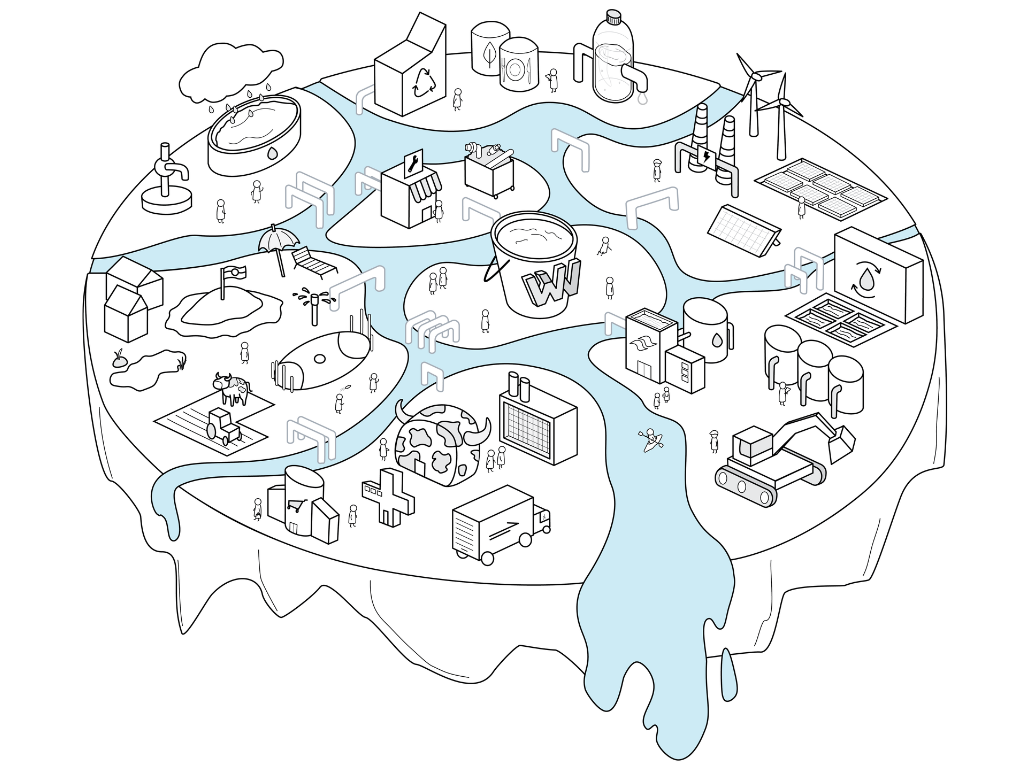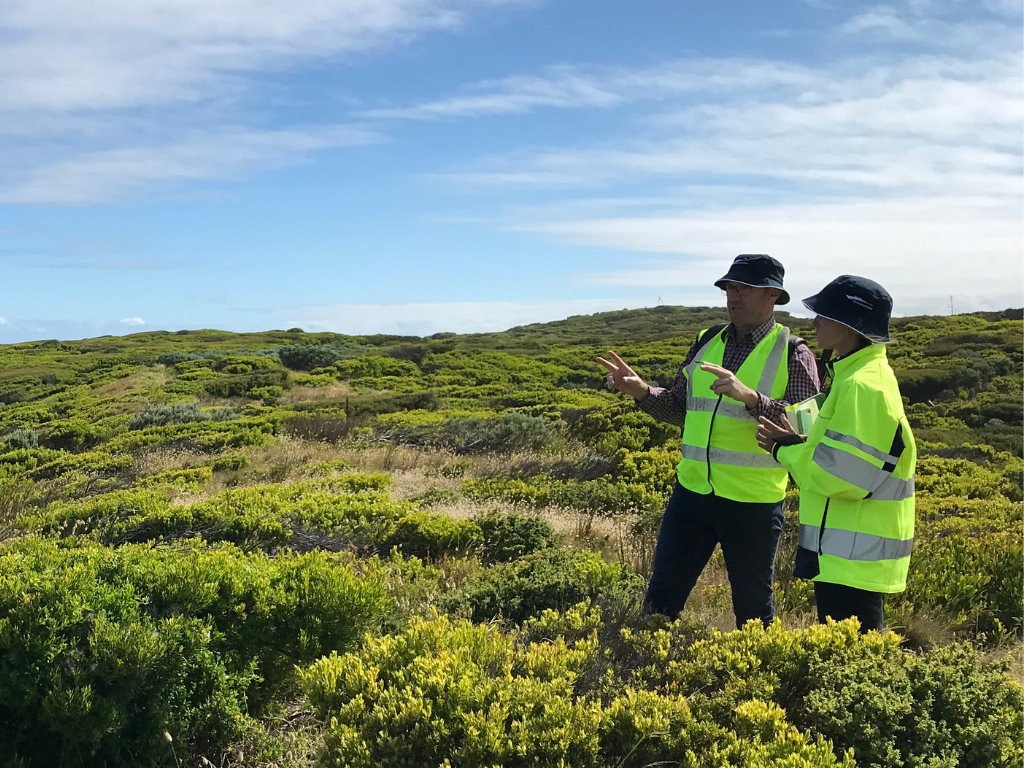From concreter to demolitionist, and safety officer to stonemason, there are many professions that work with natural and manufactured stone. An occupational hazard these workers face is exposure to airborne contaminants, which have the potential to cause lung diseases. One of the contaminants is respirable crystalline silica, and exposure can lead to a deadly lung disease called silicosis.
WorkSafe ACT (a work health and safety organisation that is part of the Australian Capital Territory Government) is aware of the long lag time between lung disease exposure and diagnosis. Amidst concern that the prevalence of silicosis is growing, WorkSafe ACT engaged ThinkPlace to investigate workers’ attitudes and risk-managing behaviour within the ACT’s construction industry. This qualitative research was needed to inform any future regulatory reforms in silica dust exposure. Through examining attitudes, we discovered what challenges hinder silica dust safety measures.
The Challenge
This challenge is the second time ThinkPlace has been engaged in the silica dust conversation. The first was in 2018 when we were commissioned by Safe Work Australia to conduct two parallel human-centred research projects, investigating the occupational hazards of both the farming and stone industries. This research was commissioned and informed by the Australian Work Health and Safety Strategy 2012–2022 findings that showed the manufacture and cutting of natural and manufactured stone posed a risk to workers.
During this qualitative research, we identified that there were significant shortfalls in the protective steps people were taking to reduce the risk of silica dust exposure.
The insights we delivered in 2018 highlighted a number of factors that affected people’s behaviour. These included a general lack of awareness of the potential risks, viewing silica dust exposure as an unavoidable part of the job, underdeveloped professional skills and safe practices due to the ease of working with composite stone materials, and the reality of a booming industry leading to intense competition and timeline pressure.
The WorkSafe ACT project builds on these findings and presents an ACT-specific lens on attitudes towards silica dust exposure, focusing on the construction industry.
Our Response
To encourage candid, honest, and insightful anecdotes, we took a highly flexible research plan to people employed in the construction industry. We met workers where they were, causing as little disruption to their day as possible; whether the ThinkPlace team visited construction sites, head offices, the local lunch spot or the street corner smoko spot, we adapted to meet workers in their everyday surroundings.
Using empathetic research techniques to ensure our conversations were meaningful and respectful, we spoke to 30 individuals. These people were chosen by working closely with WorkSafe ACT to find appropriate cohorts, and then reaching out to companies to find willing participants, ensuring we also had candidates that would provide the most fruitful responses.
Our wide and representative sample from across many occupations within the construction sector informed our ability to create five personas that reflected attitudes we encountered through our lines of questioning. These personas highlighted the difference in attitudes amongst occupations within the sector. Factors such as skill level, experience, and job title were found to affect individual responses. Equipped with thorough demographical information, we presented these personas within a comprehensive report that would help WorkSafe inform decision-making.
“I used to hate coming into work knowing that by smoko I would have dust all over me and a sore throat… everyone cops it.” – Plumber, interviewed for this project
The Impact
In addition to describing the attitudes, perceptions, and behaviours towards silica dust risks in the ACT, our research gave a clear and multi-faceted understanding of why these are formed and how they could be influenced.
The immersive qualitative research we produced was sent to WorkSafe organisations across Australia. This action allows a whole-of-system analysis, facilitating targeted regulations and future interventions to help workers protect themselves.
WorkSafe ACT is now able to look at silica dust safety behaviours with a fresh perspective, confirming some of their assumptions and dispelling others. Empowered by our work, they created a targeted communication campaign to address underlying problems. This prevented them from increasing education which we’d found was no longer effective in behaviour change.
WorkSafe ACT’s engagement in honest conversations has given them an accurate snapshot of construction workers’ attitudes towards silica dust in the ACT.
In 2023, this WorkSafe ACT project saw us recognised with a Good Design Award (Gold Winner) in Design Research. Here is what the awards jury had to say about our work:
“The Silica Dust Exposure research project approaches data collection with a warmth and authenticity that allows access to intriguing insights.”
Thanks!
We’re grateful to WorkSafe ACT and all of the people across the ACT construction industry who participated in this project; with their candid contributions to our research, we were able to undertake this whole-of-system analysis.





